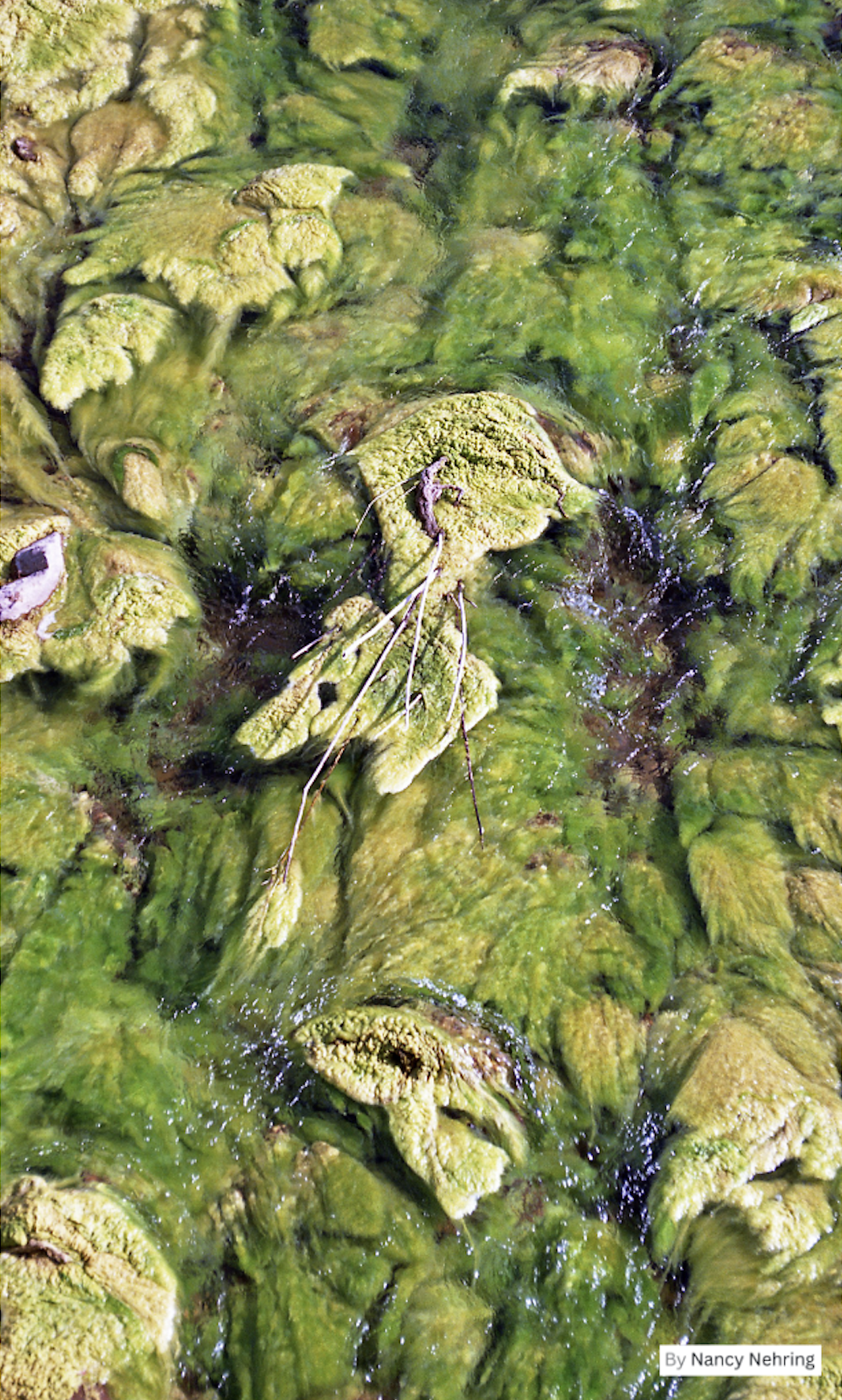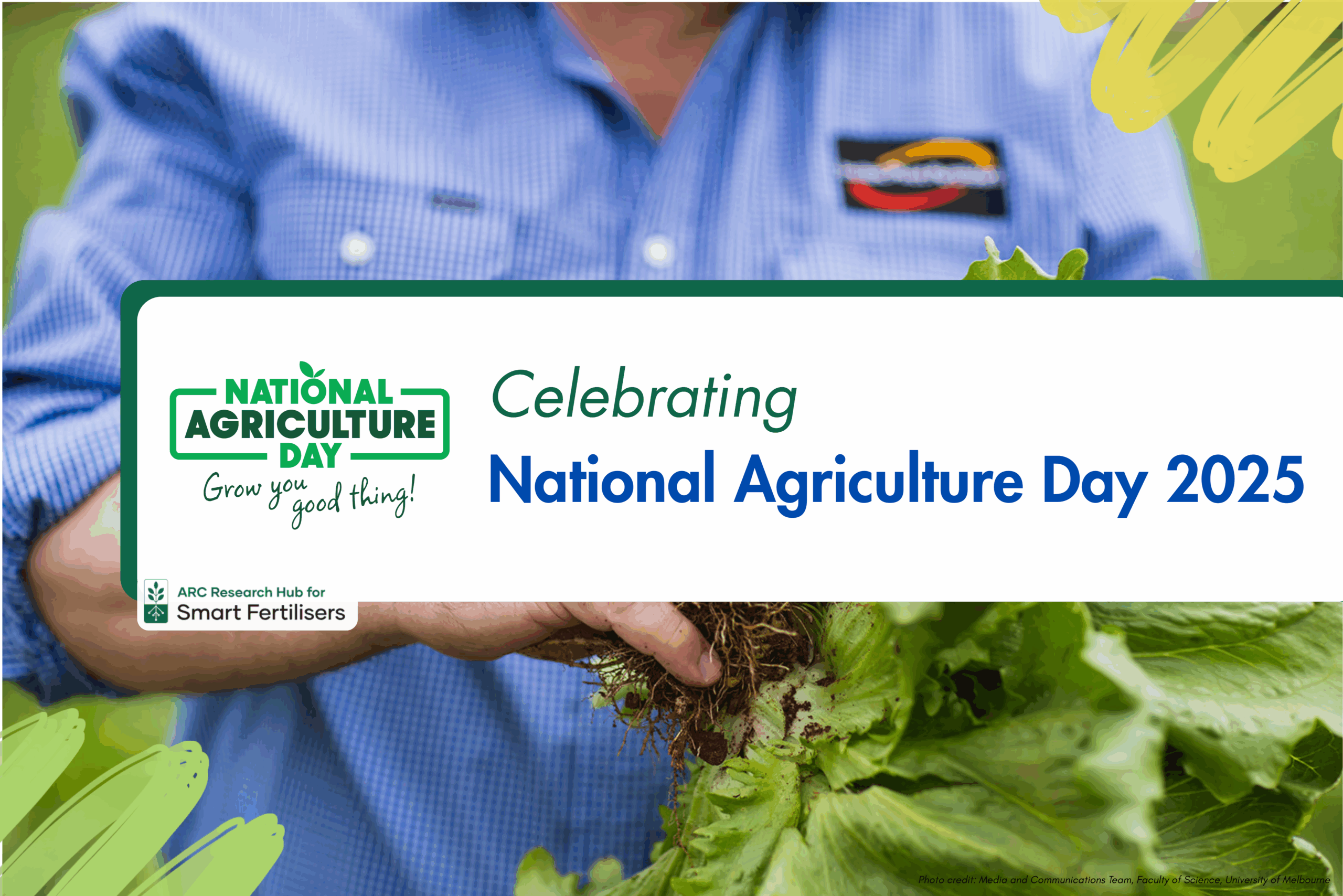Tackling Fertiliser Runoff to Prevent Harmful Algal Blooms
South Australia has recently faced a significant algal bloom event, with its distinct green discoloured waters and foul-smelling shorelines affecting both local communities and the environment. Commercial fisheries have reported losses due to declining water quality, while the broader ecosystem has suffered from oxygen depletion and severe damage to marine habitats; more than 450 species have washed up onto the shores of SA. According to environmental experts, the event likely resulted from a combination of factors including a persistent marine heatwave since September 2024 (raising sea temperatures by about 2.5 °C), a cold-water upswell lifting sedimented nutrients to the surface, and floodwaters from the River Murray, which carried extra nutrients including fertiliser runoff from agricultural systems into the ocean.
The link between fertilisers and algal blooms is well-documented. For example, in the Great Barrier Reef region, nutrient runoff from sugarcane farms has long been recognised as a driver of increased algal growth, which in turn threatens coral health. The science is clear: when fertilisers rich in nitrogen and phosphorus enter waterways, they act as a nutrient buffet for algae. Under the right conditions, these nutrients stimulate explosive algal growth, leading to blooms that can produce toxins, block sunlight, deplete oxygen levels in the water, and outcompete other organisms in its environment, creating “dead zones” for aquatic life.
At the ARC Research Hub for Smart Fertilisers, we are working to break this cycle. Our research focuses on developing more efficient fertilisers that release nutrients in a controlled manner over a longer period, matching plant demand and soil conditions while minimising nutrient losses to the environment. By using advanced coatings, bio-based materials, nitrification inhibitors, and precision delivery systems we aim to significantly reduce fertiliser leaching and decrease the risk of downstream algal blooms.
The catastrophic algal bloom currently affecting South Australia highlights the urgent need for improved nutrient management and climate-resilient practices. The Biodiversity Council recently released 7 immediate actions required. By addressing fertiliser leaching through smart design and improved farming practices, we can protect both our environment and the industries that rely on healthy waterways. The work being done at our ARC Research Hub for Smart Fertilisers represents a step towards a future where agricultural productivity and environmental health go hand in hand, by ensuring fertilisers nourish crops, not algae.
Read more on the event covered by Pursuit.




